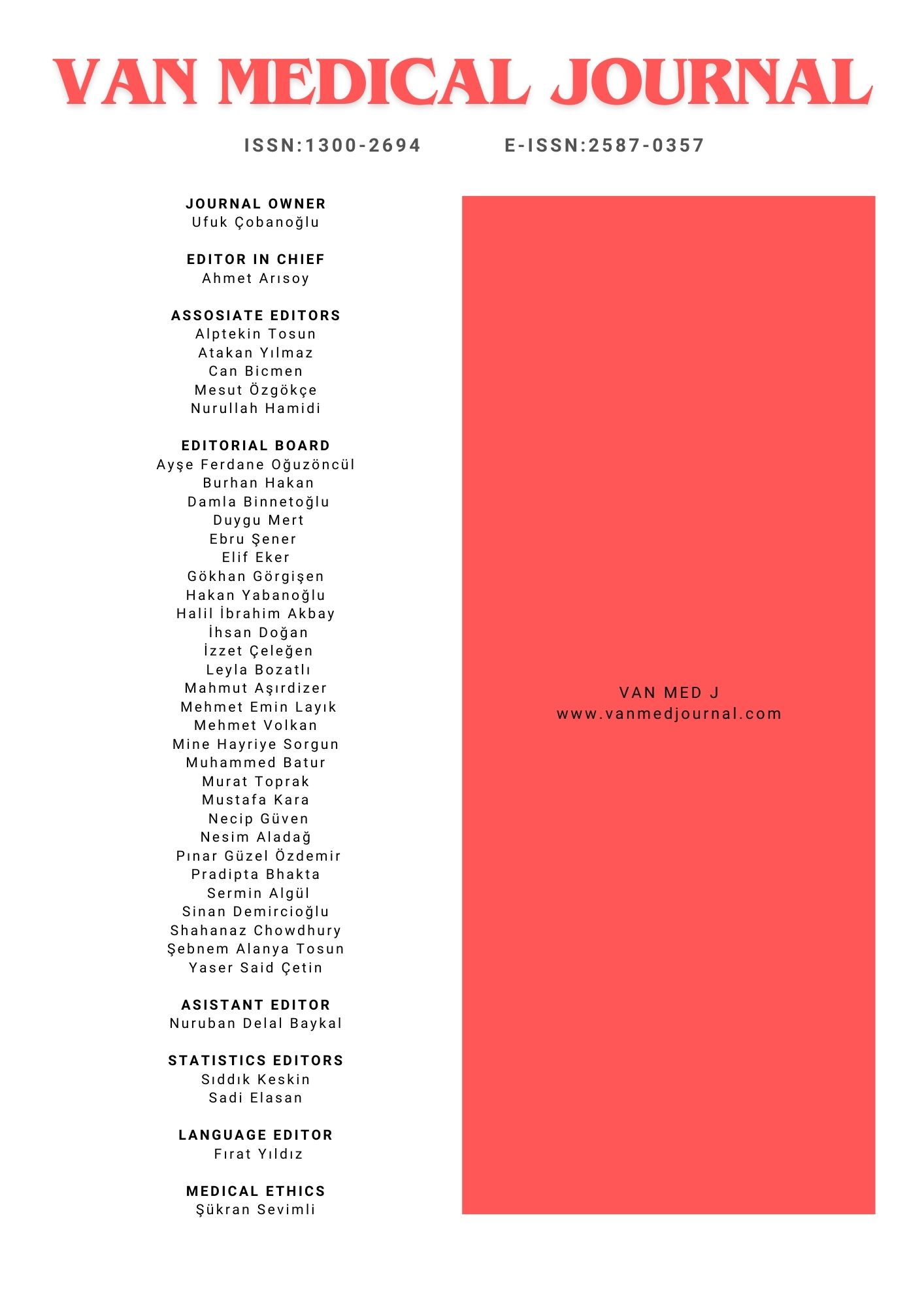Is a Single Dose of Antibiotic Prophylaxis Sufficient to Prevent Infections in Total Joint Arthroplasty?
Şehmuz Kaya1, Necip Güven1, Yunus Can Ünal2, Abdulrahim Dündar31Department Of Orthopaedics And Traumatology, Faculty Of Medicine, Van Yuzuncu Yil University2Department Of Orthopaedics And Traumatology, Van Education And Research Hospital
3Department Of Orthopaedics And Traumatology, Faculty Of Medicine, Hitit University
INTRODUCTION: Prosthetic infection is a serious complication that can develop after knee and hip arthroplasty and remains a common reason for revision surgery. Guidelines recommend various measures to prevent infection, howewer some professional associations argue that there is insufficient evidence for single-dose antibiotic prophylaxis. Our study compares the outcomes of patients receiving short- and long-term antibiotic prophylaxis in arthroplasty surgery.
METHODS: In this retrospective study of 424 patients undergoing knee or hip arthroplasty, two prophylaxis protocols were compared. Group 1 (190 patients, 44.8%) received cefazolin pre- and postoperatively on day 1, while group 2 (234 patients, 55.2%) received extended cefazolin (5 days postoperatively) and oral amoxicillin clavulanic acid (5 days). Early postoperative infection rates were evaluated.
RESULTS: In this study, 83.4% of 424 patients who had knee and hip arthroplasty were female. Knee operations were performed in 86.8% and hip in 13.2% of patients. The mean age showed no significant difference. There was no significant difference in periprosthetic infection rates (p=0.828) or postoperative wound complications between groups (p=0.704). No difference in wound complications and prosthesis infection rates was found between groups with risk factors (p>0.05).
DISCUSSION AND CONCLUSION: In primary joint arthroplasty, extended oral antibiotic prophylaxis did not provide additional protection against single-day antibiotic prophylaxis. The results were similar in both risk and non-risk groups. Considering antibiotic resistance, side effects and costs, it is concluded that extended prophylaxis is unnecessary. However, further large-scale studies on this subject are required.
Keywords: Knee arthroplasty, total hip arthroplasty, prosthesis-related infections, antibiotic prophylaxis
Manuscript Language: English

